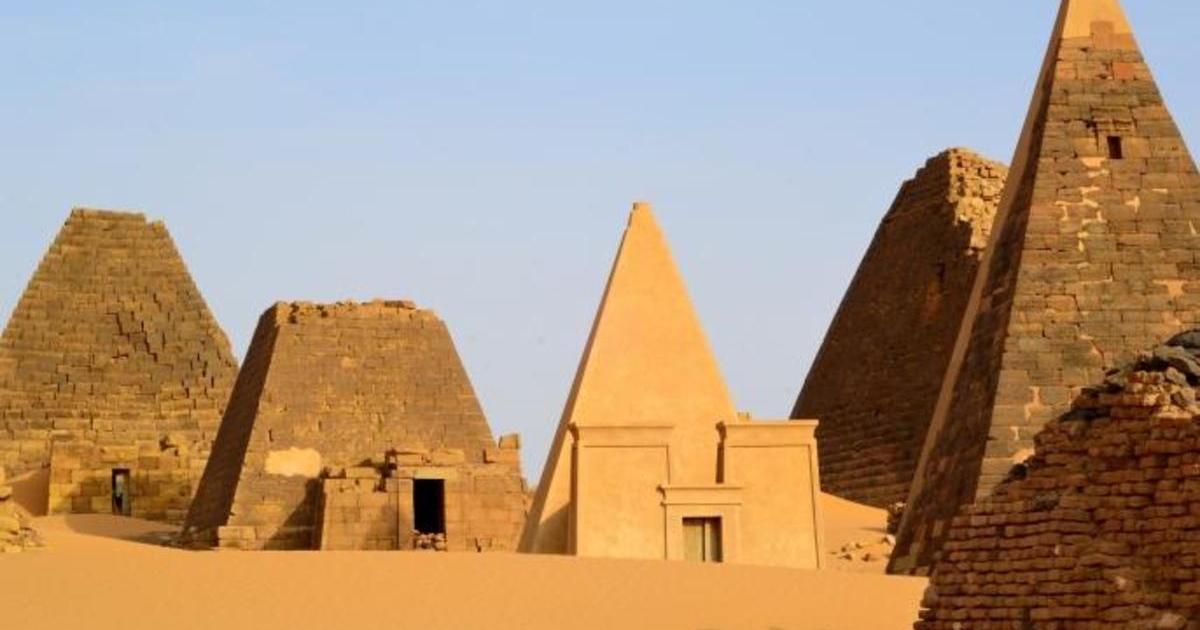Early civilizations
Main article: Ancient African history
Colossal statues of Ramesses II at Abu Simbel, Egypt, date from around 1400 BC.
At about 3300 BC, the historical record opens in Northern Africa with the rise of literacy in the Pharaonic civilization of Ancient Egypt.[56] One of the world’s earliest and longest-lasting civilizations, the Egyptian state continued, with varying levels of influence over other areas, until 343 BC.[57][58] Egyptian influence reached deep into modern-day Libya and Nubia, and, according to Martin Bernal, as far north as Crete.
An independent centre of civilization with trading links to Phoenicia was established by Phoenicians from Tyre on the north-west African coast at Carthage.[60][61][62]
European exploration of Africa began with Ancient Greeks and Romans.[63][64] In 332 BC, Alexander the Great was welcomed as a liberator in Persian-occupied Egypt. He founded Alexandria in Egypt, which would become the prosperous capital of the Ptolemaic dynasty after his death.[65]
Following the conquest of North Africa’s Mediterranean coastline by the Roman Empire, the area was integrated economically and culturally into the Roman system. Roman settlement occurred in modern Tunisia and elsewhere along the coast. The first Roman emperor native to North Africa was Septimius Severus, born in Leptis Magna in present-day Libya—his mother was Italian Roman and his father was Punic.
Christianity spread across these areas at an early date, from Judaea via Egypt and beyond the borders of the Roman world into Nubia; by AD 340 at the latest, it had become the state religion of the Aksumite Empire. Syro-Greek missionaries, who arrived by way of the Red Sea, were responsible for this theological development.
In the early 7th century, the newly formed Arabian Islamic Caliphate expanded into Egypt, and then into North Africa. In a short while, the local Berber elite had been integrated into Muslim Arab tribes. When the Umayyad capital Damascus fell in the 8th century, the Islamic centre of the Mediterranean shifted from Syria to Qayrawan in North Africa. Islamic North Africa had become diverse, and a hub for mystics, scholars, jurists, and philosophers. During the above-mentioned period, Islam spread to sub-Saharan Africa, mainly through trade routes and migration.
In West Africa, Dhar Tichitt and Oualata in present-day Mauritania figure prominently among the early urban centers, dated to 2,000 BC. About 500 stone settlements litter the region in the former savannah of the Sahara. Its inhabitants fished and grew millet. It has been found by Augustin Holl that the Soninke of the Mandé peoples were likely responsible for constructing such settlements. Around 300 BC the region became more desiccated and the settlements began to decline, most likely relocating to Koumbi Saleh.[70] Architectural evidence and the comparison of pottery styles suggest that Dhar Tichitt was related to the subsequent Ghana Empire. Djenné-Djenno (in present-day Mali) was settled around 300 BC, and the town grew to house a sizable Iron Age population, as evidenced by crowded cemeteries. Living structures were made of sun-dried mud. By 250 BC Djenné-Djenno had become a large, thriving market town.
Farther south, in central Nigeria, around 1,500 BC, the Nok culture developed on the Jos Plateau. It was a highly centralized community. The Nok people produced lifelike representations in terracotta, including human heads and human figures, elephants, and other animals. By 500 BC, and possibly earlier, they were smelting iron.
By 200 AD the Nok culture had vanished. and vanished under unknown circumstances around 500 AD, having lasted approximately 2,000 years. Based on stylistic similarities with the Nok terracottas, the bronze figurines of the Yoruba kingdom of Ife and those of the Bini kingdom of Benin are suggested to be continuations of the traditions of the earlier Nok culture.[73][55]


